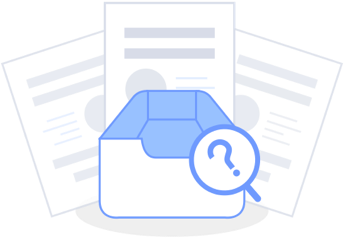Arduino_Uno_STIM
PROArduino_Uno_STIM
License
:Public Domain
Description
An article describing a muscle and nerve stimulator for research purposes was published in March 2023 at https://www.nature.com/articles/s41598-023-30545-8.
An Arduino Uno board is used to control the stimulator. Pulses (rectangular, symmetric) are generated sequentially using two different digital output pins on the microcontroller for the cathode and anode parts of the pulse. The amplitude (current intensity) of the stimulator is controlled by SPI commands written to a digital potentiometer (AD5204BRZ10). A differential amplifier (INA149AIDR) is then used to invert the cathode phase and combine it with the anode phase. The combined waveform is then used as the input to a Howland's bi-directional power supply (based on the article: J. Caldwell, "A High-Voltage Bidirectional Current Source", https://www.ti.com/lit/pdf/slyy05). A DC DC boost converter provides ± 150 V to the Howland power supply to drive the current.
The stimulation is controlled by the Arduino Uno microcontroller proprietary software. Both the digital potentiometer, which controls the stimulation amplitude, and the digital input/output pins, which determine the active phase, can be adjusted for each individual user by defining the stimulation parameters in the Windows proprietary software and sending commands to the microcontroller via USB, allowing real-time adjustment of the stimulation parameters. The amplitude (current intensity) of the rectangular pulses is set by changing the resistance of a digital potentiometer using the values received from the user interface.
The board layout is available under an open source license at https://github.com/utahneurorobotics/u-of-u-noninvasive-stimulator and has been imported as-is as source for this project.
Other parts of the stimulator mentioned above are not in the public domain.
Please read the linked articles for more information.
Design Drawing
 The preview image was not generated, please save it again in the editor.
The preview image was not generated, please save it again in the editor.BOM
 Bom empty
Bom empty Clone
CloneProject Members
 Empty
Empty


Comment